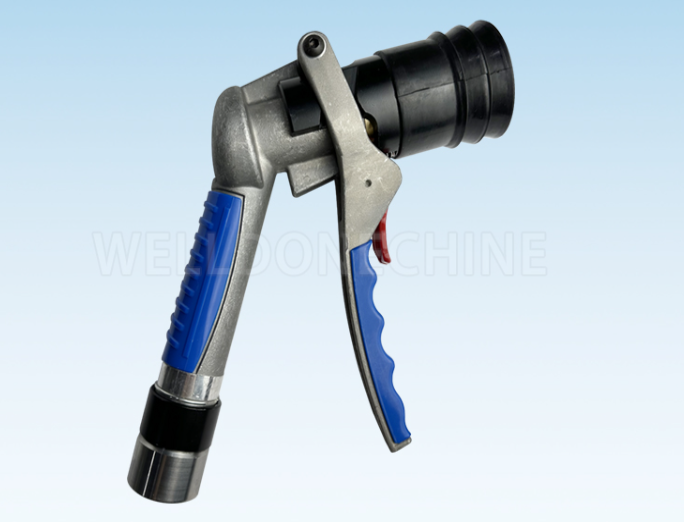
LPG Dispenser
An LPG dispenser is a specialized equipment designed for fueling liquefied petroleum gas (LPG) vehicles. Below is a detailed introduction to the LPG dispenser.
I. Definition and Purpose
An LPG dispenser uses liquefied petroleum gas as fuel and, through specific equipment and processes, safely and accurately dispenses LPG into the storage tanks of LPG vehicles. It is primarily used to meet the fuel demands of LPG vehicles and serves as a crucial facility for LPG vehicle energy replenishment.
II. Working Principle
The working principle of an LPG dispenser mainly involves the storage, transportation, metering, and dispensing of LPG. Specifically, LPG is stored in liquid form in storage tanks. When dispensing is needed, LPG is transported through pipelines to the dispenser. Inside the dispenser, LPG undergoes a series of processing and metering steps before being dispensed into the storage tanks of LPG vehicles at a certain pressure and flow rate.
III. Structural Composition
An LPG dispenser typically consists of multiple components and assemblies, including storage tanks, transport pipelines, metering devices, dispensing nozzles, etc. These components and assemblies work together to ensure the normal operation and dispensing accuracy of the LPG dispenser.
IV. Characteristics and Advantages
High Safety: The design of an LPG dispenser fully considers safety, incorporating various safety measures and explosion-proof devices to ensure that no leaks or explosions occur during dispensing.
High Dispensing Accuracy: The LPG dispenser is equipped with high-precision metering devices that can accurately measure the dispensed LPG volume, ensuring dispensing accuracy and fairness.
Easy Operation: The operating interface of an LPG dispenser is simple and clear, allowing operators to easily master the operating methods and improve work efficiency.
Environmental Protection and Energy Saving: As a clean energy source, LPG produces fewer pollutants when burned, having minimal environmental impact. Additionally, the use of LPG dispensers helps reduce dependence on traditional fuels and promotes the optimization of energy structures.
V. Operating Procedures and Precautions
To ensure the safe, accurate, and efficient operation of an LPG dispenser, strict operating procedures and precautions must be established. These include but are not limited to:
Operators must receive professional training and hold appropriate licenses.
Before dispensing, LPG vehicles and storage tanks should be inspected to ensure they are in good condition.
During dispensing, operating procedures must be strictly adhered to, ensuring dispensing accuracy and safety.
After dispensing, the dispensing nozzle and valve should be promptly closed to prevent LPG leaks.
Regular maintenance and servicing of the LPG dispenser should be performed to ensure its normal operation and extend its service life.
In summary, an LPG dispenser is a crucial facility for LPG vehicle energy replenishment, featuring high safety, high dispensing accuracy, easy operation, and environmental protection and energy saving. When using an LPG dispenser, strict operating procedures and precautions must be followed to ensure its safe, accurate, and efficient operation.